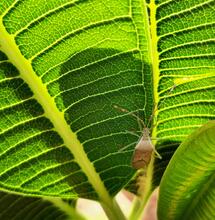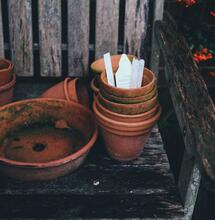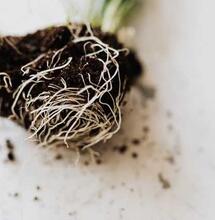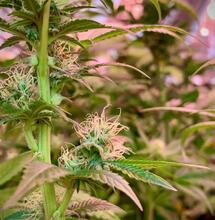Zinc

Like all the elements, zinc is required by humans, animals, and plants alike. In plants, zinc's functions include activating enzymes responsible for the synthesis of specific proteins, the creation of chlorophyll and also some carbohydrates. It is also essential for forming auxins that assist stem elongation and growth regulation.
Zinc is naturally present in most soils and water sources in the natural environment. Plants take this zinc up from the earth after being broken down into a soluble form. Most zinc these days enters the atmosphere from human activities such as smelting, steel production, burning coal and particular wastes. Therefore levels may be higher in some areas than others.
In indoor growing, zinc is obtained by the plant through the nutrient feed that you give to your plants in the form of zinc (Zn2+) at 0.3-0.6ppm.
Zinc deficiencies show themselves through the yellowing of younger leaves and discoloured or burnt tips that die. You may notice a unique banded appearance on leaves, and the plants' growth vertically may slow or stop altogether. Space between nodes will be shorter, so leaves will bunch together, flowers or fruits will stop growing and die off if the problem is too long.
Zinc tends to become insoluble to the plant at higher pH levels. It is easily absorbed when the pH is lower and more acidic. Heavily filtered or reverse osmosis can also remove zinc content from the water.
Correcting a Zinc deficiency is quite simple. First, as usual, test your pH. Zinc is best absorbed when pH is around 6-6.5. You can adjust your medium's pH to this range through flushing with clean pH appropriate water. This will remove any salts that can affect nutrient uptake and help bring the pH to the correct range. Like with many micronutrients, you don't need to add more zinc to correct a zinc deficiency. Most of the time, you will have given plenty of zinc to your plants since it is so frequently and abundantly available in most household tap water. You will find that your uptake will regulate itself once you resolve any pH issues in your medium.
Zinc toxicity is relatively uncommon, but if it does occur, expect to see smaller leaves, yellowing of newer leaves, burnt tips and reduced growth of the entire plant and root system. The culprit once again, more commonly than not, is pH. Zinc is more available to the plant when pH is low. However, it could also be down to your water supply, as zinc can be found in high levels in some water sources, especially if the source is anywhere near processes involving smelting or burning coal, as this releases more zinc into the environment.
Extra zinc can also be picked up when the water comes into contact with any newly galvanised metal surfaces. To remedy toxicity, test your pH and your water; to make sure it is between 6 and 6.5. If you need to adjust things, flush your medium with pH adjusted water. If your water is too high in zinc content, you may need to use a different source or filter your water supply to reduce zinc content.



.png)




